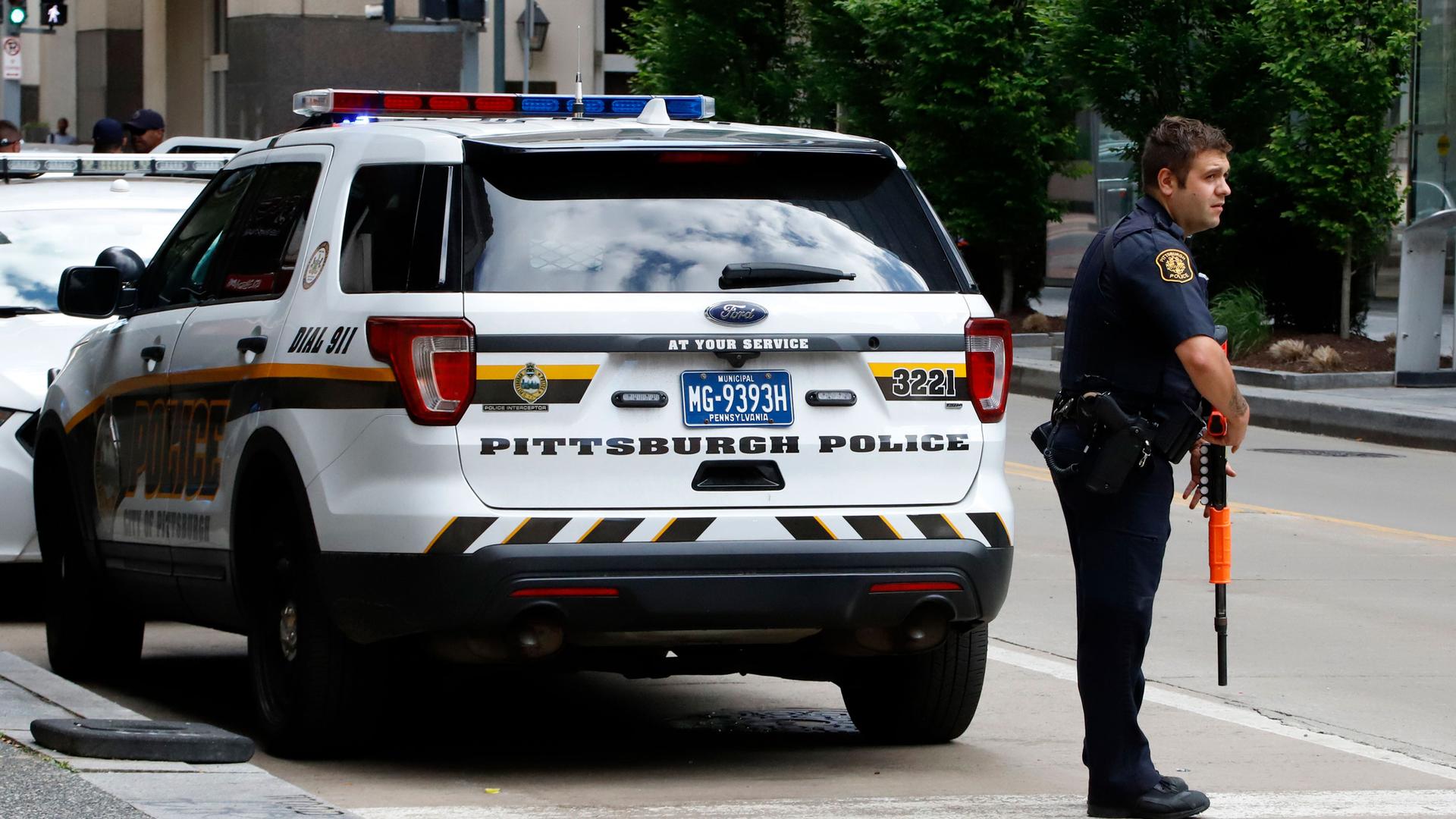If not police, what? Part II
This analysis was featured in Critical State, a weekly foreign policy newsletter from Inkstick Media. Subscribe here.
Last week on Deep Dive, we looked at an example of how local security arrangements can clash with efforts to achieve what some police reform advocates present as a timeless ideal of policing. This week, we’ll look at new scholarship on a community that considered how policing was actually working for them and decided they could come up with something better.
Related: If not police, what? Part I
In 1968, the city of Pittsburgh contracted Freedom House, a local Black-led nonprofit, to offer ambulance services in some of the predominantly Black neighborhoods around the city. Thus began a signal success in American medical history. Freedom House (no relation to the democracy-rating organization) set new standards in the US for paramedic training and performance — standards that were then adopted around the country. “These Black paramedics,” writes lawyer Tiffany Yang, whose recent Washington Law Review article on Freedom House is our focus this week, “were among the first in the country to deliver an electric shock to a patient’s heart in the field, intubate a patient on the street, or use Narcan to reverse an overdose.” Their medical innovations, Yang argues, were the result not just of a desire to improve ambulance service but also to eliminate the role of police in at least one aspect of Black life in Pittsburgh.
Related: Struggle for self-determination: Part I
Yang traces the history of ambulance work to before Freedom House, when emergency medical response was one of the public duties that fell to police to perform. That practice, which Yang terms “ambulance policing,” was a public health mess across the board. Police had little first aid training, and so even in the best case scenario they focused on transporting patients to hospitals in the backs of paddy wagons rather than providing care at the scene. When they did provide care, according to a study done in 1971, they did the wrong thing 62% of the time — not great. Often, they didn’t care about health outcomes at all. One Pittsburgh resident remembered watching police draw a chalk outline around someone who was still alive. He pointed out that the person was alive and a police officer responded, “Yeah, but not for long.”
Related: Struggle for self-determination: Part II
As bad as ambulance policing was for the population at large, it was noticeably worse in Black neighborhoods. Police violence against Black people was rampant in 1960s Pittsburgh — over the course of a few months in 1965, police killed two Black Pittsburgh residents who posed no threat to them, and beat and choked another. The everyday racism of the Pittsburgh police force drew many protests from the Black community, and it created a well-justified wariness of calling for police, no matter the situation. In addition, police resisted entering Black neighborhoods, especially on calls that did not involve violence. Medical emergency calls often went unanswered. With a police holding a near monopoly over ambulance services, that meant Black people were denied access to even the limited emergency medical attention the police provided in white neighborhoods.
Freedom House offered a solution to that problem, and an effective one. Whereas the police rate of inadequate care was 62%, Freedom House’s was just 11%. It also offered a solution to the broader problem of mixing policing with emergency medicine. Freedom House ambulances were not in the business of arresting their patients, but instead responded to crises with an eye toward producing the best health outcomes. When patients were intoxicated, Freedom House dropped them with the Salvation Army instead of in jail. When police started to withhold 911 calls out of jealousy that they were losing the emergency medicine beat, Freedom House got police radios to make sure they heard every call. In short, Freedom House created a form of emergency health provision for the Black community wholly separate from the carceral logics of the police.
Of course, those logics struck back. In 1974, Mayor Peter Flaherty announced his intention to defund Freedom House and expand ambulance policing. His argument was telling: Ambulances were a “public safety function” and therefore by rights belonged to police. There was widespread community outcry, but by 1975 Freedom House was shut down and a police-run city ambulance system covered the whole city. Eventually, that program would be supplanted by a civilian EMS system, which rejected police involvement in emergency medicine on the grounds of persistent police failure to provide adequate care. Though Freedom House only survived for seven years, Yang makes a compelling case that it offers a clear refutation of the argument put forward by Mayor Flaherty and many others before and since, that questions of public safety are somehow naturally the province of police. Instead, Freedom House showed the plausibility and value of stripping away parts of what were once seen as natural police functions and finding new and innovative ways to better provide those services to the whole community.
Critical State is your weekly fix of foreign policy analysis from the staff at Inkstick Media. Subscribe here.
